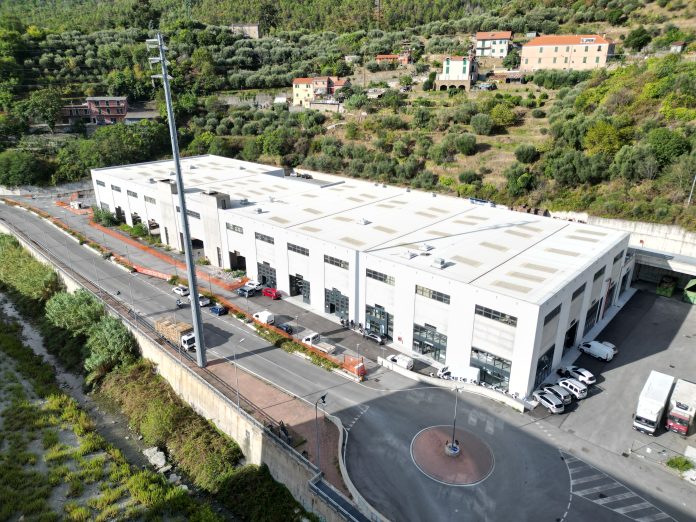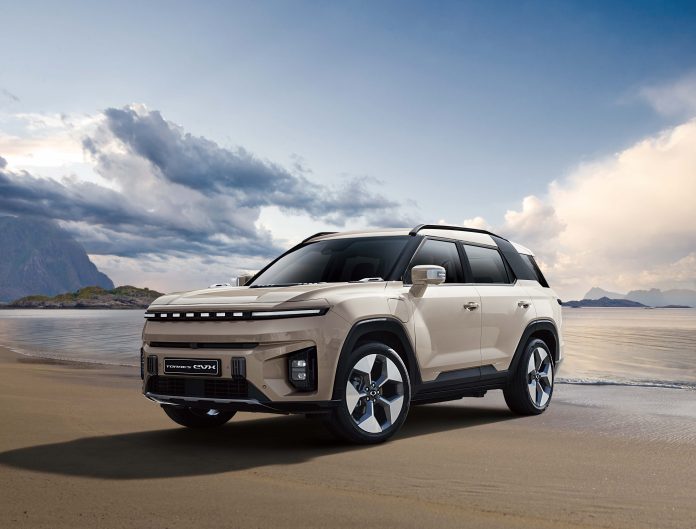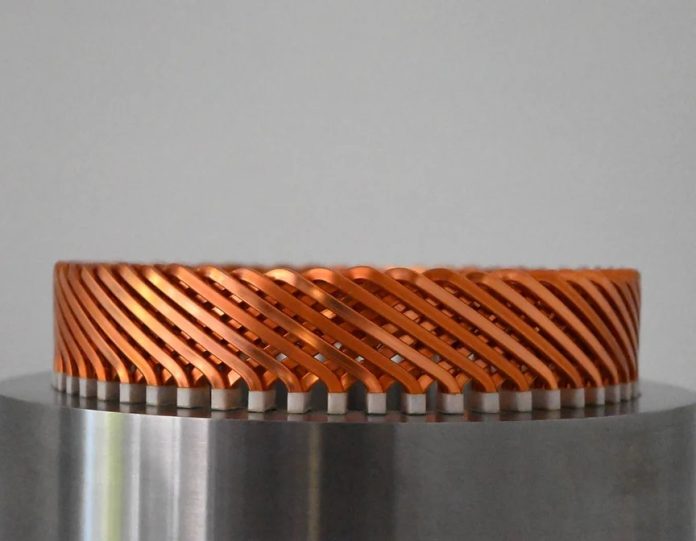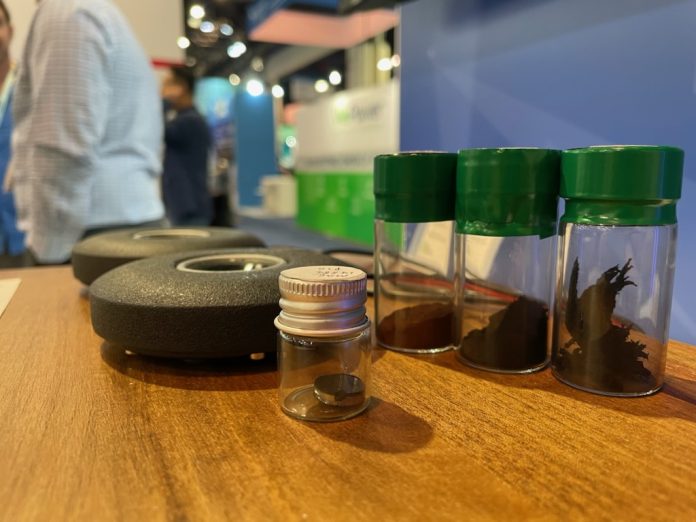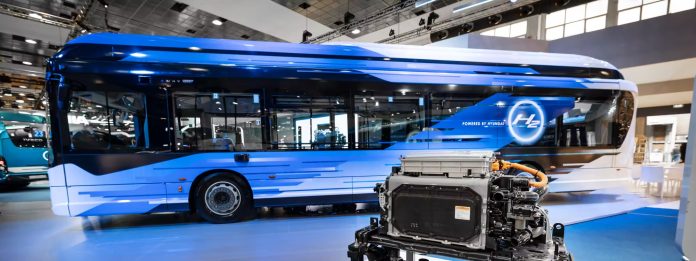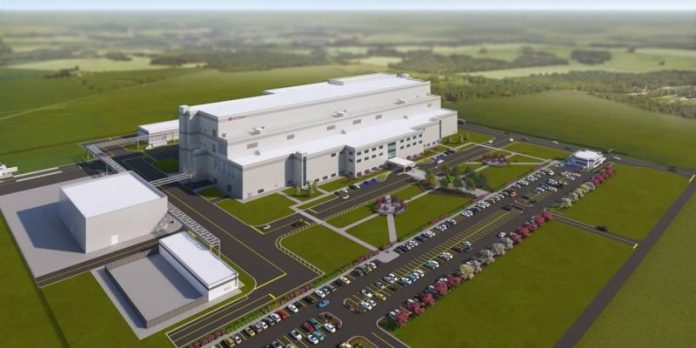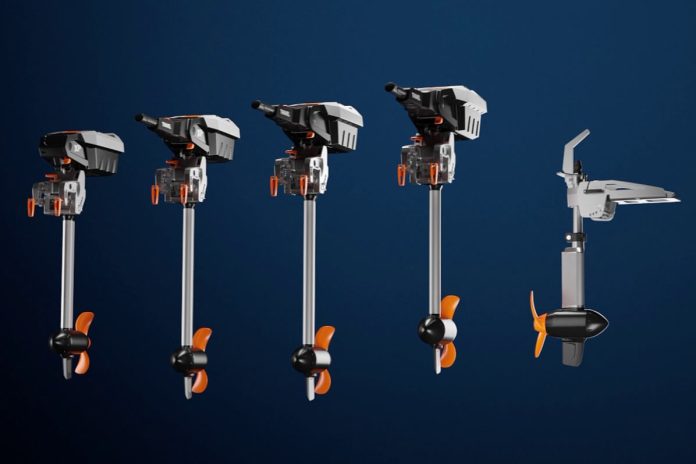Dema, industrial automation company, is taking two major steps forward after more than 70 years of business history and exactly 20 years since the testing of its first automatic machine under the current ownership. The company is relocating its headquarters and transforming from a Srl (Private Limited Company) to a Spa (Public Limited Company).
To meet growing production demands and improve logistical operations, Dema has made the strategic decision to move its headquarters to the new facility in Savona. The new production spaces are significantly larger, and the improved logistics allow for a prompt and efficient response to the increasing workflow by optimizing all operations.
Dema also announced its transformation from a Srl to a Spa. This change will provide access to new financing opportunities and attract investors, enabling the company to effectively meet customer needs by developing new technologies and expanding its international activities. This transformation represents a significant milestone in the company’s development journey, allowing a continuously growing team of professionals to strengthen existing collaborations, establish new partnerships, and reaffirm its position as a leader in the automation sector within the electric motor market.
This evolution will not only enhance Dema’s market position but also ensure greater stability and a solid foundation for the future, which is already filled with innovative projects. It confirms that innovation is an integral part of the company’s DNA.
Dema, new headquarters and strategic steps forward
Permanent magnets, a deal worth 917 million dollars
Korean Posco International has secured two contracts worth a total of $917 million with global automakers. The company’s US subsidiary will supply permanent magnets to an undisclosed US automaker, a contract valued at 900 billion won.
These magnets will be used to manufacture motor cores for the automaker’s new mid-sized EVs from 2026 to 2031. Posco International will source the rare earth metals required for the magnets from the United States, Australia, and Vietnam. This is significant as China currently controls 90% of the rare earth metals market.
The company has also announced plans to construct two additional EV motor core plants in Poland and Mexico. This will bring the total number of Posco’s plants to five, with existing facilities in Korea, Mexico, Poland, India, and China.
Electric version of Korean SUV KGM unveiled in Europe
The new Torres EVX is building on the success of the Torres launched in Italy in late September 2023 by the Koelliker Group. It is the electric version of the Korean SUV and the first car to be launched on the global market after the company changed its name from SsangYong to KGM.
Kwak Jea-Sun, chairman of KGM HQ commented «The Torres EVX is the first electric vehicle to be launched in Europe after the company changed its name from SsangYong to KGM. It also represents a historic step as KGM establishes itself as a global mobility company. Europe is a major market that accounts for more than 50% of KGM’s exports, as well as growing strongly, with sales increasing by more than 20 percent from 2022».
The KGM Torres EVX was launched in Korea last September and will go on sale worldwide, including Europe, and arrive in Italy by the end of 2024.
Koelliker Group renewed its partnership started in 2003 two years ago and is confirmed as the sole importer and distributor of the Korean KGMobility brand in Italy.
E-motor insulated wire, 11 million Euros investments
Tau Group explained that it has established a new global standard in electric motor insulated wire. They announced being successfully closed to a €11 million extension to its Series-B funding round.
CDP Venture Capital and Santander Alternative Investments took the lead in this round, with continued support from existing investors. This strategic funding aligns with Tau’s concurrent expansion of production capacity in a new facility, geared towards fulfilling long-term supply agreements recently inked with automotive industry partners. Tau Group stands at the forefront of the energy transition, specializing in the decarbonization of energy and electrification of transport. The company’s patented technologies strike a balance between sustainable, resource-minimizing manufacturing and the robust performance required for effective electrification. The focus is on carbon-conscious protective coatings for high-performance copper, aluminum, and steel wires.
«This €11 million investment represents a pivotal moment for Tau Group and reinforces our commitment to leading the charge in sustainable technology,» said Francesco Taiariol, CEO and Co-founder at Tau Group, «With the support of CDP Venture Capital and Santander InnoEnergy Climate Fund, we are poised to accelerate the adoption of e-mobility, bringing about positive change in the global transportation landscape.»
Enrico Filì, Head of IndustryTech sub-fund of Corporate Partners I fund, CDP Venture Capital, comments «The technology patented by Tau Group promises to significantly improve conductor performance, providing a competitive advantage in the industry and paving the way for more sustainable solutions in the world of electrical conduction».
$25 million for production of rare-earth-free magnets
Niron Magnetics, a company developing high-performance rare-earth-free permanent magnets, has secured $25 million in strategic funding.
The funding round was led by Samsung Ventures, with participation from Allison Ventures, the venture capital arm of Allison Transmission, and Magna.
The investment will be used to expand Niron’s manufacturing facilities and increase the production capacity of its Clean Earth Magnet. With the new financing, Niron plans to expand its pilot production facilities, improve its ability to serve a diverse customer base and support customer prototyping programs. The company also plans to increase production capacity to meet growing demand and accelerate research and development efforts to continuously improve performance and efficiency.
In addition to Samsung Ventures, Allison Transmission, and Magna, current investors Shakopee Mdewakanton Sioux Community and the University of Minnesota also participated in this round, providing additional funding. Joining Niron’s impressive list of investors, which includes GM Ventures, Stellantis Ventures, Volvo Cars Tech Fund, and others, this diverse group of strategic partners demonstrates the potential for Niron’s Clean Earth Magnet technology to revolutionize a wide range of industries.
E-heavy-duty trucks, Hyundai and Iveco together in the European markets
Hyundai Motor and Iveco Group expand their partnership to explore synergies for electric heavy-duty trucks in the European markets. Recently, the two companies signed a Letter of Intent (LOI), reinforcing their partnership with a forward view toward electric heavy-duty truck solutions, including battery and fuel cell electric trucks, for European markets. By leveraging each party’s advanced technologies and assets, the two companies expect to accelerate the transition to a sustainable future.
Since initiating their partnership in March 2022, Hyundai Motor and Iveco Group have achieved significant milestones. Notably, in September 2022, they unveiled the first Iveco eDaily Fuel Cell Electric Vehicle at the IAA Transportation event in Hanover. This was followed by the debut of the Iveco bus e-way H2 in October 2023 at Busworld in Brussels. Most recently, in February of this year, the two companies announced the signing of a supply agreement for an Iveco-badged all-electric light commercial vehicle for Europe based on Hyundai’s eLCV platform.
Agreement worth 19 billion dollars between GM and G Chem
LG Chem has signed an agreement worth 18.6 billion dollars, to supply 10 years of materials for batteries and for electric vehicles to General Motors.
The chemical South Korean company will supply the automotive United States company with at least 500.000 tons of cathodic materials, sufficient to manufacture batteries for 5 million electric vehicles, until 2035. LG declared that they will produce the materials in the factory in Tennessee, under construction, starting in 2026. «This contract is based on GM’s commitment to creating a provisioning chain of electric vehicles with strong and sustainable batteries to support our steeply rising requirements of electric vehicle manufacturing», declared Jeff Morrison, vice-president of GM, manager of global purchases and of the provisioning chain.
The value of a car comes from suppliers
Matthias Zink, the new president of CLEPA, the European Association of Automotive Suppliers, delivered his first speech where he underlined that 75% of the value of a car comes from suppliers, manufacturers of electric motors included. «This figure proves how powerful our sector is and that the suppliers of the automotive industry are fundamental to permitting the green digital transition in Europe».
«We, as CLEPA, are ready to bring on the market technological solutions of advanced mobility and to contribute actively in the definition of policies that favour the action for climate and that support a thriving European industry. Electrification is the main trend of today’s automotive industry, but in Europe, the market of electric vehicles has been dominated by upper-segment very expensive vehicles. The automotive industry of the EU will have to speed up the pace to avoid being ousted from this crucial commercial opportunity».
CLEPA is committed to the accomplishment of the Fit for 55 programme and targets can be reached only if the shift to electric mobility is assisted by suitable infrastructures, renewable energy and accessible prices, a sound European chain of battery supply, and a flexible European regulatory framework, which allows all technologies to share in the reduction of emissions. «In our whole broad agenda, from emissions to digitalization and sustainability, and up to trade and competitiveness, besides other issues, the general regulatory framework must remain ambitious but flexible to enable unceasing innovation. This will help us hit our targets in a much faster and more efficient manner, meanwhile guaranteeing consumers’ choice. In my profession, I have grown following an uncompromised customer orientation».
Yamaha Motor takes over Torqeedo and boosts the boating electrification
Yamaha Motor has announced they have signed an agreement with the German company Deutz Ag, owner of Torqeedo, a brand that manufactures electric marine thrusters, for the takeover of the latter’s all corporate shares. It is a coherent move with the development strategy in the electric and sustainability sector. Torqeedo, pioneer in the field of electric powertrains for navigation, offers a broad range of products including outboard and inboard electric motors, batteries, and a broad range of accessories. Moreover, the company holds numerous patents concerning electric marine motors, propellers, and electric systems, as well as an important R&D centre, equipment for the mass-production, and resources for the development of state-of-the-art environmental technologies.
“The combination of the assets of Torqeedo and the technical expertise and know-how of Yamaha in the design of hulls, marine motors, and much more, will give birth to synergies for the creation of average-power electric outboard motors. Carrying out the Marine Case strategy, Yamaha will offer interesting added-value products and services to its customers and will hit its long-term target: being a company that takes care of the ocean’s value and increases it, providing its customers with a reliable rich experience at sea”, Yamaha explained.
In 2023 Daimler Truck sold +277% of electric trucks

In 2023 Daimler Truck sold in total 526,053 units of trucks and buses, scoring a small growth in comparison with the previous year. Inside this balance sheet, Daimler Truck counts 3,443 units of electric battery models, which represents a 277% rise versus 2022 when 914 units were registered.
Martin Daum, CEO of Daimler Truck Holding AG, declared: «In 2023, we increased again our sales despite a constantly difficult supply situation. Our sales of electric battery vehicles have more than tripled compared to the previous year and we enlarged our portfolio of electric battery vehicles to ten different models for our customers in 2023. This is the base for the future growth and underlines our aspiration to drive the transport of the future».

